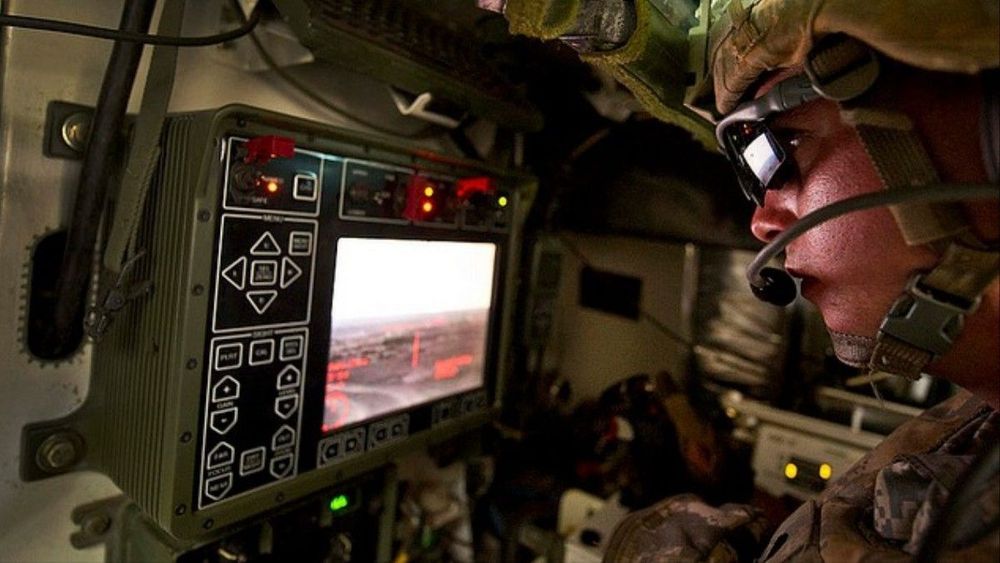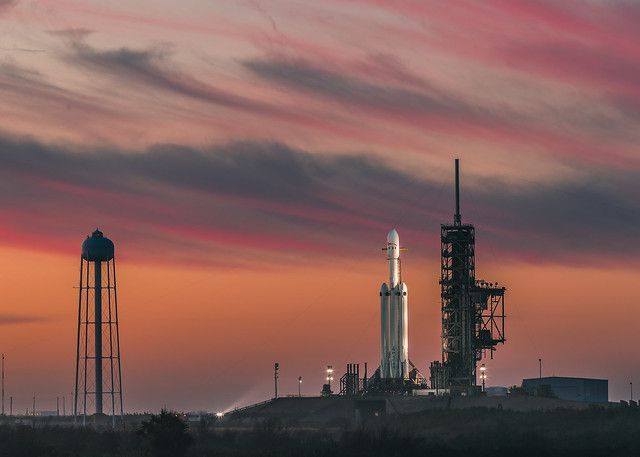Mass surveillance, drone swarms, cyborg soldiers, telekinesis, synthetic organisms, and laser beams will determine future conflict by 2030.



On a sofa in the corner of the room, a cat is purring. It seems obvious that the cat is an example of life, whereas the sofa itself is not. But should we trust our intuition? Consider this: Isaac Newton assumed a universal time flowing without external influence, and relative time measured by clocks – just as our perception tells us. Two centuries later, Albert Einstein dropped the concept of universal time, and instead introduced a concept of time measured only locally by clocks. Who before Einstein would have thought that time on the Sun, the Moon, and even on each of our watches runs at slightly different rates – that time is not a universal absolute? And yet today our cellphones must take this into account for a GPS to function.
Life ≠ alive.
A cat is alive, a sofa is not: that much we know. But a sofa is also part of life. Information theory tells us why.
Michael Lachmann & Sara Walker




Researchers from Washington University School of Medicine in St. Louis have discovered a way to delay aging in mice with a protein that is abundant in the blood of young mice but declines with age.
eNAMPT and the NAD salvage pathway
That protein is extracellular nicotinamide phosphoribosyltransferase (eNAMPT), and it plays a key role in the process that cells use to create nicotinamide adenine dinucleotide (NAD), a crucial component that they need for energy production. NAD is a coenzyme found in all living cells. It is a dinucleotide, which means that it consists of two nucleotides joined through their phosphate groups. One nucleotide contains an adenine base, and the other contains nicotinamide.

Two blind patients regain eyesight thanks to stem cell therapy.

Artificial Intelligence (AI) is an emerging field of computer programming that is already changing the way we interact online and in real life, but the term ‘intelligence’ has been poorly defined. Rather than focusing on smarts, researchers should be looking at the implications and viability of artificial consciousness as that’s the real driver behind intelligent decisions.
Consciousness rather than intelligence should be the true measure of AI. At the moment, despite all our efforts, there’s none.
Significant advances have been made in the field of AI over the past decade, in particular with machine learning, but artificial intelligence itself remains elusive. Instead, what we have is artificial serfs—computers with the ability to trawl through billions of interactions and arrive at conclusions, exposing trends and providing recommendations, but they’re blind to any real intelligence. What’s needed is artificial awareness.

